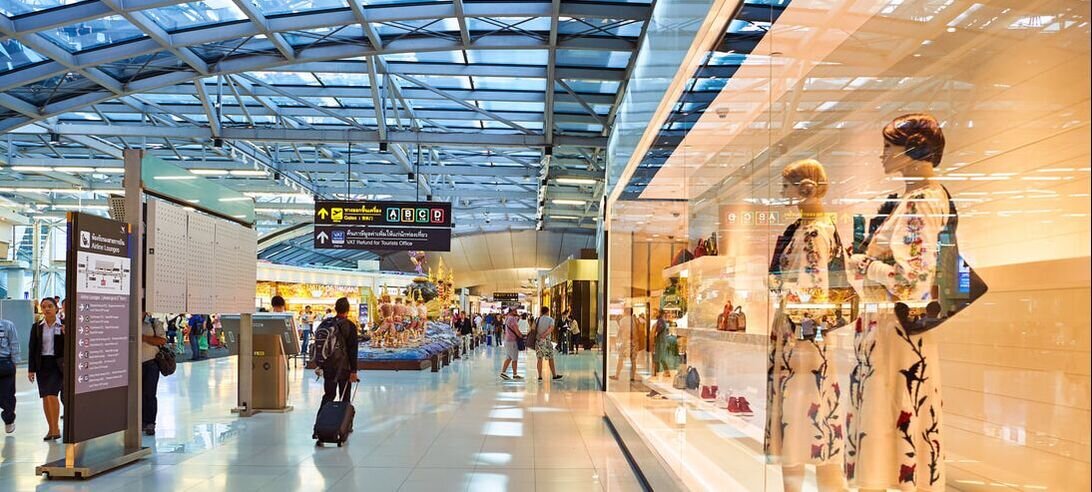Airport retail is stronger than ever. Here’s why.
Brick-and-mortar retail is going through an identity crisis. The growth of online retail has put pressure on physical retail to innovate in order to draw customers off their couches and into stores. One arena that’s thriving through the retail “apocalypse,” though, is often-overlooked as a shopping locale: the airport. As malls and department stores shut their doors, airport retail across the country is expanding at an unprecedented rate. Here’s why:
The foot traffic
The major challenge for physical retail in the internet age is to convince shoppers that there’s something worth leaving the house for. Why buy in-store, after all, when everything you could need is a click away? Airport retail side-steps this question entirely by occupying a space where retail is incidental rather than the primary motivation for leaving the house. While airports aren’t necessarily known for their retail experience, they’re travel hubs that see thousands of footfalls of potential shoppers every day. And airport traffic is only rising as tickets become more and more affordable: 1.46 billion tourists travelled internationally last year, according to the UN World Tourism Organization, more than double the number twenty years ago. Meanwhile, the FAA reports that 2.8 million people are flying in and out of U.S. airports every single day--an astounding customer pool for airport retailers.
The deals
While the cost for entry is high--you don’t usually need to buy a flight to go shopping--airports can be some of the best places to get luxury goods for a lower price. International travellers have the option of buying duty-free, avoiding the cost of both import and luxury taxes that may apply in their native country. Makeup, handbags, liquor, cigars, and other luxury goods are available at a fraction of their usual cost. Meanwhile, specialty shops that sell useful travel goods are abundant, with brands like Uniqlo and Benefit Cosmetics building out airport vending machines for last-minute travel “essentials” like a compact puffer jacket or a tube of mascara to replace the one you forgot at home. The ease of purchase, the discounted prices--airport retail is an opportunity for travellers to score a deal.
The boredom
One of the goals of experiential retail is to provide an exciting experience to motivate shoppers. Airport retail follows a similar logic. Travellers might not be there to shop, but the airport provides limited options in terms of entertainment before and between flights. This means airports are host to an ever-changing population of bored, travel-weary people looking for a pick-me-up while they wait for their flight. A fun display, a sale, a last-minute flight necessity--each is all the more appealing when faced with the purgatory of the boarding line. Studies show that people are more likely to buy when they’re bored, sad, or uncomfortable, and airports aren’t exactly known for their positive energy. Between security lines, delayed flights, and the prospect of sitting in a metal tube for hours, the lure of a well-designed store is enough to motivate travellers to stop in and browse.
The Takeaway
Airport retail is stronger than ever. E-commerce may be on the rise, but in the space between security and the boarding zone, brick-and-mortar shopping thrives. Of course, airports are a unique environment--a large, ever-changing population, a tax-free zone, a relatively captive audience aren’t perks just any physical retailer can enjoy--but considering their retail success, they might just provide a blueprint for the shopping malls of the future.
Get In Touch





